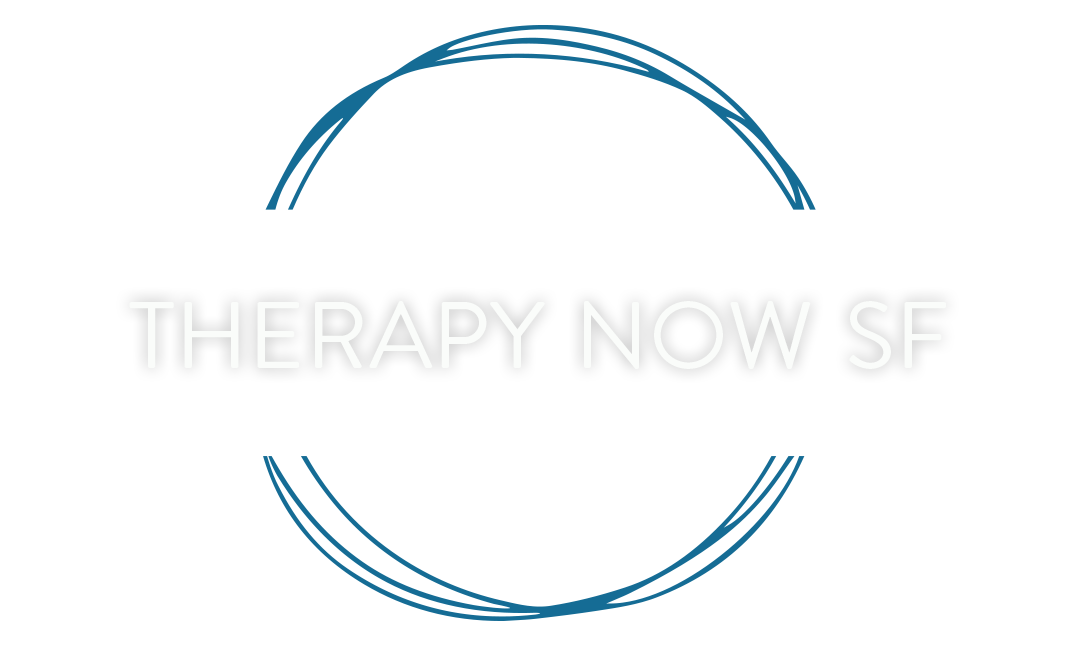What Is Non-Violent Communication?
Those who have heard the term non-violent communication (NVC) might be curious about exactly what it means. It’s used in personal relationships, work relationships, and family relationships, among others. Today, we’ll be sharing what non-violent communication is all about and how you can use it for better conversations with others.
What Non-Violent Communication Is
Non-violent communication is a specific communication process that was first conceived by a psychologist named Marshall Rosenberg. It utilizes a variety of concepts about empathetic human behavior and is useful to people in the modern world.
Rosenberg notes that NVC is a “language of compassion” but also says it goes beyond a simple language or process. Instead, it is “an ongoing reminder to keep your attention focused on a place where we are more likely to get what we are seeking.”
When people communicate, whether verbally or non-verbally, they are exchanging and negotiating with someone else. This can be done with the help of compassion or without it. The idea behind NVC is that communicating compassionately offers different and often better results.
The Four Steps of Non-Violent Communication
There are four major steps to non-violent communication. They are Observations, Feelings, Needs, and Requests.
Observations
The first thing NVC calls for is making observations without any judgment. This means communicating facts based on what you have seen. Instead of saying, “you never listen when I talk to you,” you might say, “I noticed you browsing your phone today in our meeting.”
NVC requires you to separate what you see from your own judgments. Judgment makes people defensive and leads to more negative interactions.
Feelings
Next, you need to be responsible for your own feelings. This means seeing other people’s words and actions in a new way. While the things people do can be a stimulus, they aren’t a cause of emotions.
When someone says something negative, you can fight back, take it personally, consider your own needs, or think about the other person’s needs. The latter two are the best option in NVC.
Needs
For the third step, look inside yourself for needs. You should learn to find and describe what you need. Expanding your vocabulary and practicing is the key to doing this. When people can express their needs, it’s easier to make the right requests of the individuals around them.
Requests
Finally, NVC tells you to make specific requests for the things that you need. Always compassionately do this so they can react in kind. Avoid demanding something. Demands are forceful, intimidating, and violent, which can lead to unhelpful conversations.
Requests are more positive. Instead of saying what you don’t want, say what you do want. The easiest way to create a request instead of a demand is by making a statement and including your needs and feelings.
Non-violent communication is an excellent way to communicate for anyone who learns it. It can be used in clinical situations, personal environments, and workplaces. It’s a versatile and compassionate way to create the best conversations.
